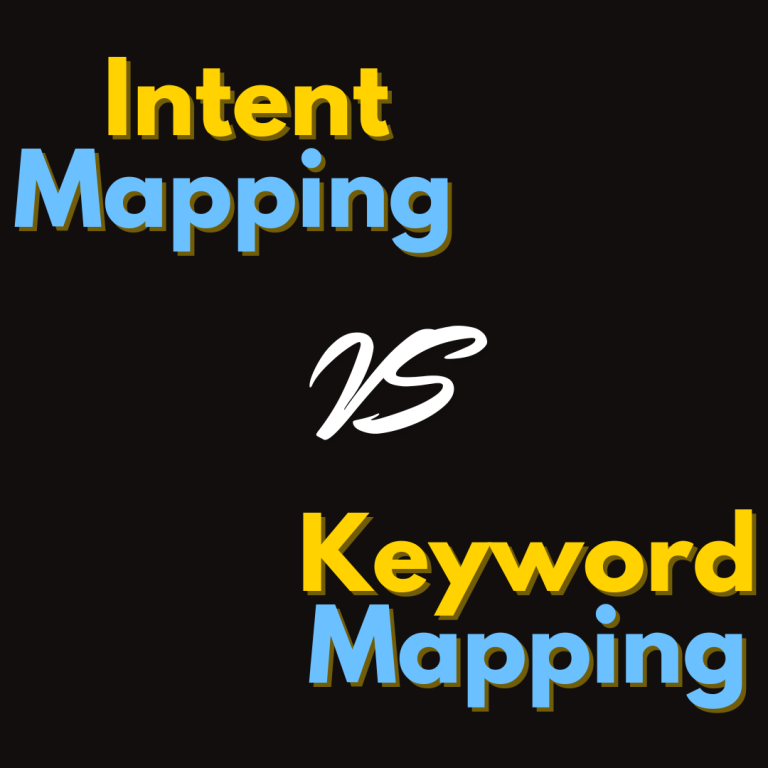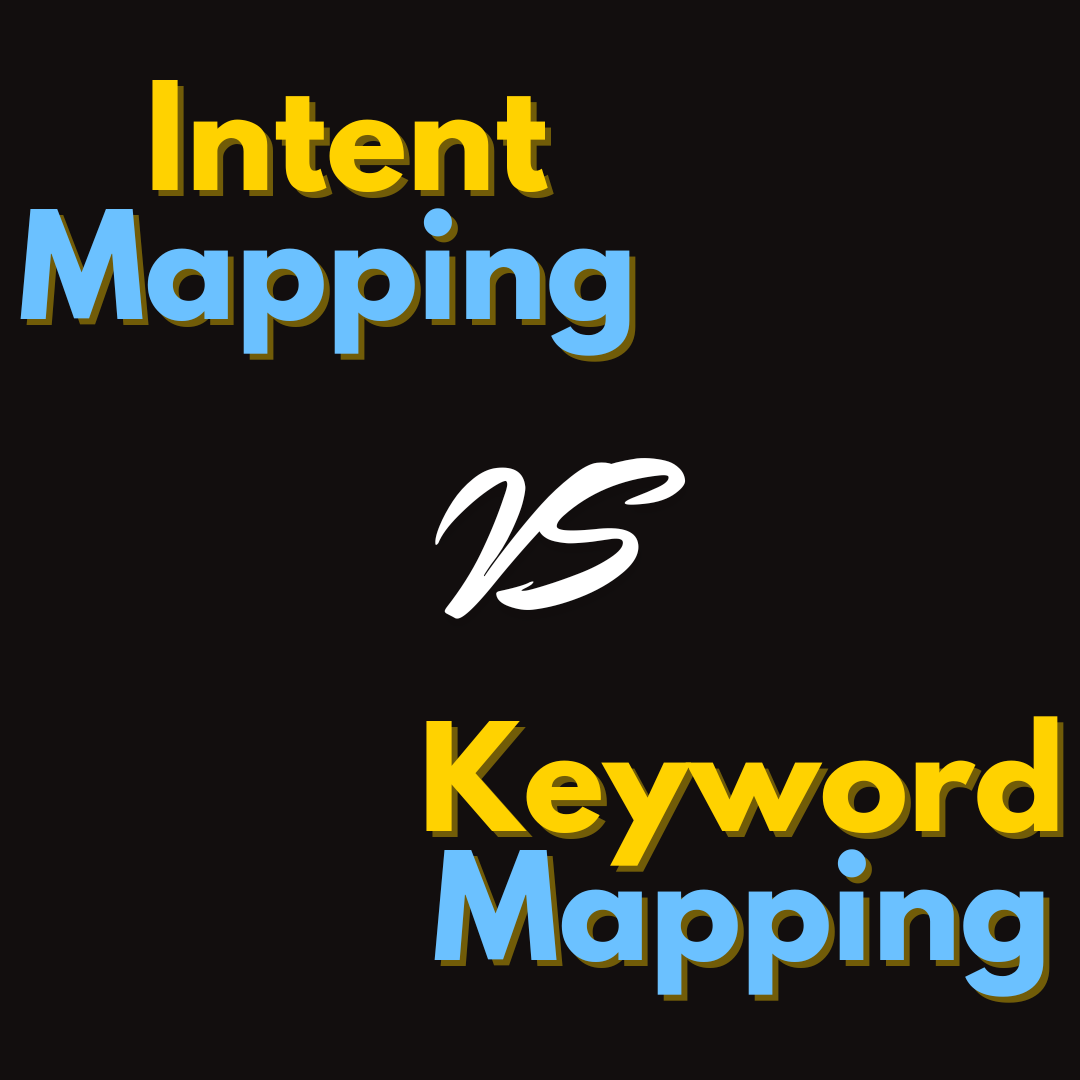
In the world of PPC (Pay-Per-Click) advertising, strategies evolve to meet the changing needs of advertisers and users. One significant shift in recent years is the transition from keyword mapping to intent mapping. It's important to recognize the differences between these two approaches to create PPC advertisements that are effective and provide results. What is intent mapping and how does it impact PPC advertising strategies? This is crucial to understand, as intent mapping aligns your PPC efforts with the specific intentions of potential customers, ensuring your ads are more relevant and effective.
What is Keyword Mapping?
Keyword mapping has been a cornerstone of PPC advertising for years. To display ads when people search for them, you must choose certain business-related keywords and place a bid on them. The process includes:
- Keyword Research: Finding keywords that potential customers might use to search for products or services similar to yours. SEMrush, Ahrefs, and Google Keyword Planner are common tools for this.
- Ad Group Creation: Organizing keywords into ad groups based on themes or topics. This makes it easier to create landing pages and advertising content that suit each market niche.
- Bid Management: Setting bids for each keyword based on its value and competition. Better ad positions are typically the outcome of higher bids.
- Monitoring Performance: Tracking metrics like click-through rate (CTR), conversion rate, and cost per click (CPC) to evaluate the effectiveness of your keyword strategy.
- While keyword mapping has proven beneficial in many circumstances, it is not without restrictions. It focuses on the specific terms that users type into search engines, which can sometimes hide the larger context or intent behind their searches.
What is Intent Mapping?
Intent mapping is a change away from just focusing on keywords and toward understanding the core meaning of a user's search query. Instead of just matching keywords, intent mapping aims to address the specific needs and goals of users. Here’s how it works:
- Understanding User Intent: Intent mapping requires analyzing why users are searching for particular terms. Are they prepared to make a purchase, are they searching for information, or are they trying to solve an issue?
- Creating Relevant Ads: Based on the identified intent, ads are crafted to meet the specific needs of users. For example, if the intent is informational, the ad might offer a guide or tutorial. If the intent is transactional, the ad might highlight special offers or discounts.
- Optimizing Landing Pages: The landing page should align with the user’s intent. If a user is looking to purchase, the landing page should facilitate easy buying with clear calls to action. If they are seeking information, the page should provide valuable content and answers.
- Using Advanced Targeting: Intent mapping often involves more sophisticated targeting techniques, such as demographic targeting, behavioral targeting, and remarketing. Based on their behavior and intent, this validates the display of advertisements to users who are most likely to be interested.
Key Differences Between Intent Mapping and Keyword Mapping
Understanding the key differences between intent mapping and keyword mapping can help you choose the best approach for your PPC campaigns. These are a few of the key differences:
- Focus on Keywords vs. Intent
- Keyword Mapping: Concentrates on specific keywords that users search for. It’s a more direct approach where the exact terms determine ad placement.
- Intent Mapping: Focuses on the broader context and purpose behind a search. It aims to understand what users are trying to achieve with their search queries.
- Ad Relevance and Personalization
- Keyword Mapping: Ads are triggered by keywords but might not always align perfectly with user intent. For example, a keyword like “buy shoes” might trigger ads for various types of shoes, not necessarily the exact type a user is looking for.
- Intent Mapping: Ads are crafted to match the specific intent of users. This results in higher relevance and can improve user experience. For instance, if a user is looking for running shoes, ads will focus on that category, providing more targeted options.
- User Experience
- Keyword Mapping: Users might see ads that don’t fully address their needs if the keywords are too broad or not well-aligned with their search intent.
- Intent Mapping: Enhances user experience by delivering ads that are closely related to what users are seeking. This can improve engagement and conversion rates.
- Campaign Optimization
- Keyword Mapping: Optimization focuses on adjusting bids and refining keyword lists based on performance data.
- Intent Mapping: Optimization involves analyzing user behavior and intent to refine ad copy, targeting, and landing pages for better alignment with user needs.
Conclusion
The shift from keyword mapping to intent mapping represents a significant advancement in PPC advertising. By focusing on user intent, advertisers can create more relevant and engaging ads that better meet the needs of their audience. Understanding the differences between these approaches and adapting your strategies accordingly can lead to improved performance, higher ROI, and a better overall user experience. Embrace the power of intent mapping to stay ahead in the competitive world of digital advertising and drive more meaningful results for your business.





